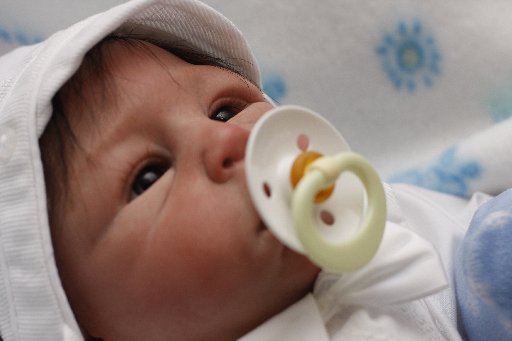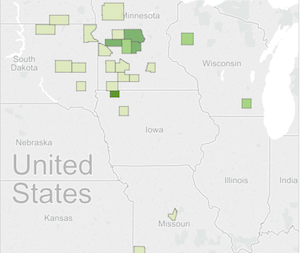Jeanette Neaton has made dolls for 25 years, but no hand-sewn soft sculpture ever fascinated her as did the hand-painted realism of reborn dolls when she first saw the lifelike babies.
"I fell in love with them and wanted one for my birthday," said the Cleveland, Tenn., resident.
"I searched the Internet and found one I liked, but it was $2,500. I wouldn't spend that for a doll! I thought it would be fun to try to make one."
Researching the craft online, she found companies that sold training videos and supplies. Her first doll started a hobby that has evolved into Jeanette's Little Blessings Nursery, her cottage company that gives birth to baby dolls for collectors around the country.
"Reborning" is an umbrella term for the particular painting process that enhances a vinyl doll to re-create a human baby. Craftspeople like Neaton who practice the art are known as reborners, according to online sources about the art form.
The hobby began about 1990 and has since grown to the point that an International Reborn Doll Artists group formed in 2005. Its purpose is to educate artists on the art form, and to ensure ethical guidelines are followed.
So realistic are the dolls that they have spawned Internet reports of police officers breaking car windows because they believe a mother has left her child in the car seat, or women who can't have children of their own strolling reborns through metropolitan areas.
On a more positive note, Senior Home Care Information reports that studies have recognized benefits of reborn baby dolls in therapy of Alzheimer's and dementia patients.
"In dementia patients, reborn doll therapy helps in the reduction of withdrawals. It also helps in overcoming a communication crisis between the patient and caregiver. Female dementia patients respond to reborns as these dolls help them reminisce [about] when they were still housewives and very productive. As they adopt the reborn doll in their therapy, the patients' memories as parents are recollected," said the website.
According to Neaton, the birthing process for a reborn baby begins with the purchase of a vinyl head and cloth body sack. The sacks are weighted to emulate an infant's size.
"I start by painting tiny veins on the ankles and temples. Then you bake it in the oven to set the paint. Then I paint the skin tone, and bake it again," Neaton said. She said the paint-and-bake process is repeated until the desired skin color is achieved.
The vinyl heads are blanks so the artist may decide eye color and facial features.
"Every hair on the doll's head is inserted individually with a needle, which is called rooting. It can take four to six hours to root one head," she said.
"It's almost like they are coming alive with each step," she said of the process, "because they become more real and start developing a personality."
Neaton said 15 hours of labor is involved on an average doll. She sells her dolls for $299, which includes wardrobe, hand-knitted baby blanket, pacifier and rebirth certificate.
A scan of eBay showed the average price for a reborn doll to be $200, without wardrobe. Prices start at $50 and can rise to $900 for superior accuracy. A set of twins was priced online at $1,156.
For more information on Jeanette's Little Blessings Nursery, e-mail Neaton at jtneat1@yahoo.com; or check out her dolls on her Facebook page.
Contact Susan Pierce at spierce@timesfreepress.com or 423-757-6284.


